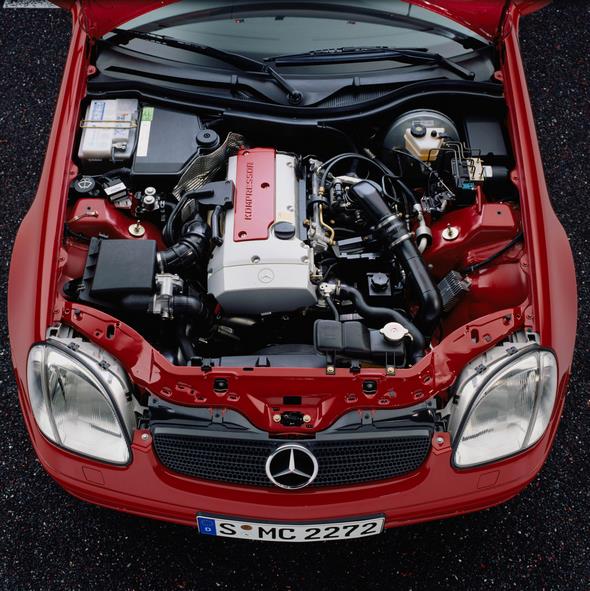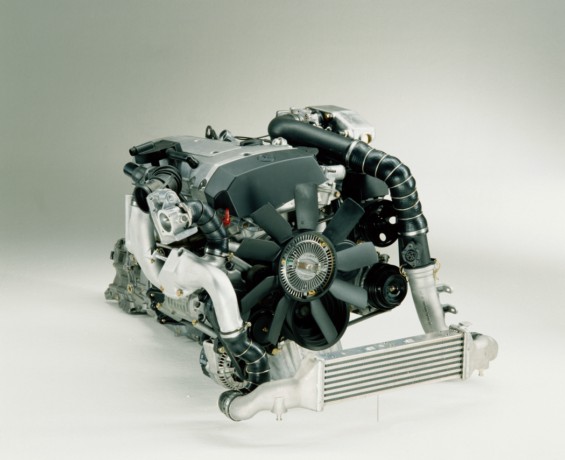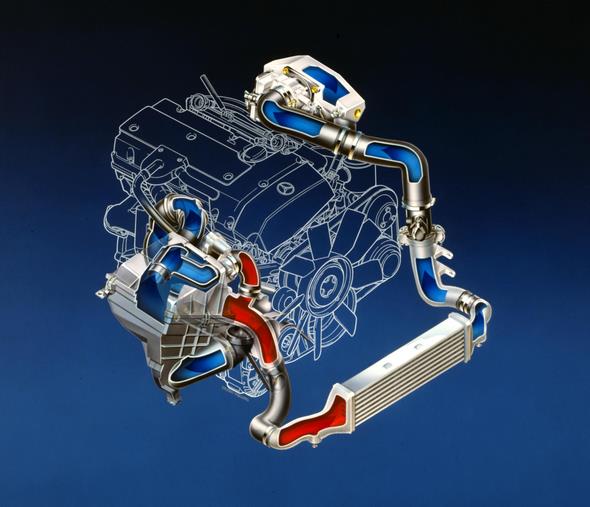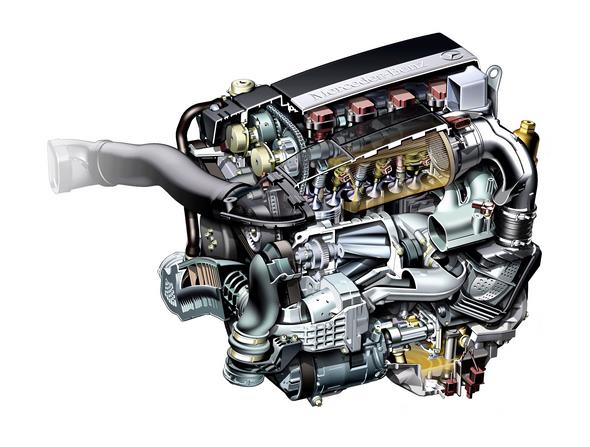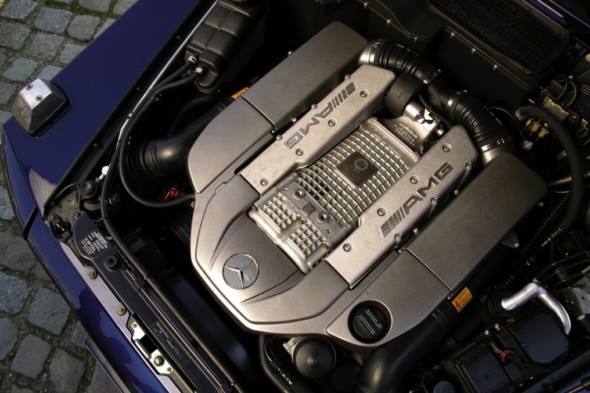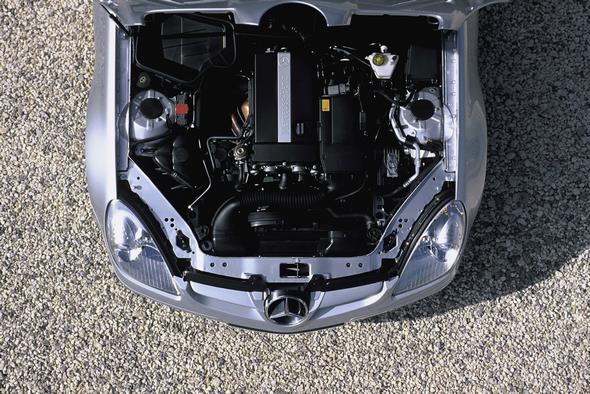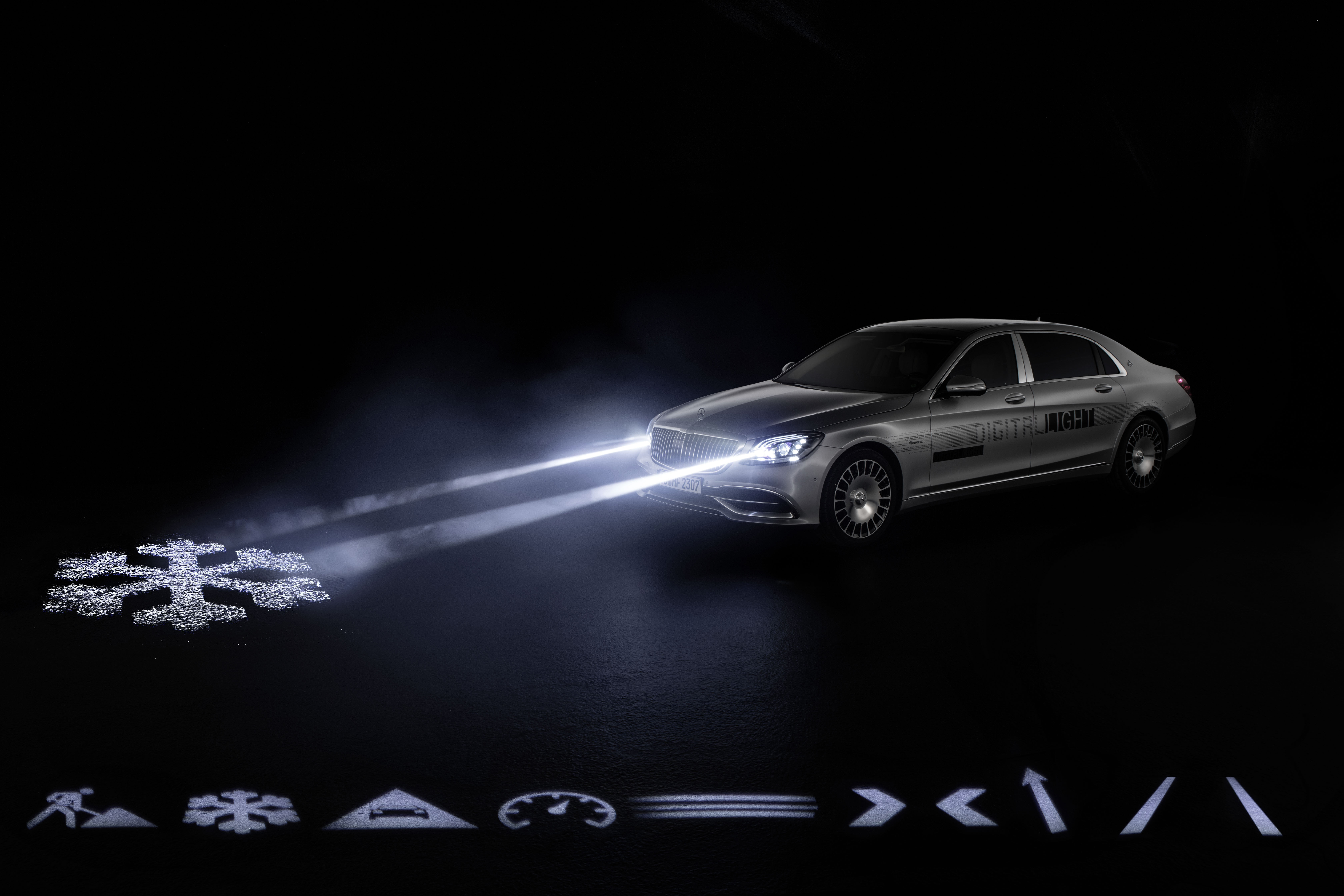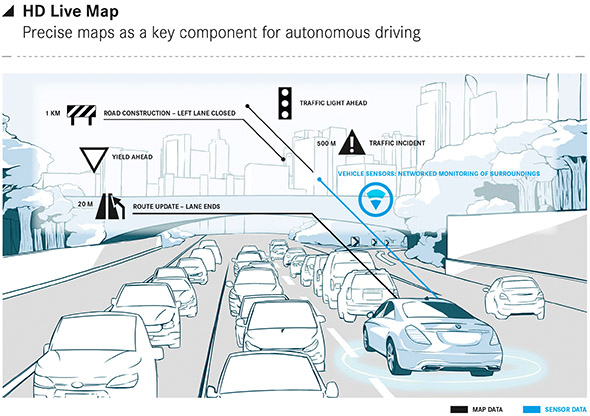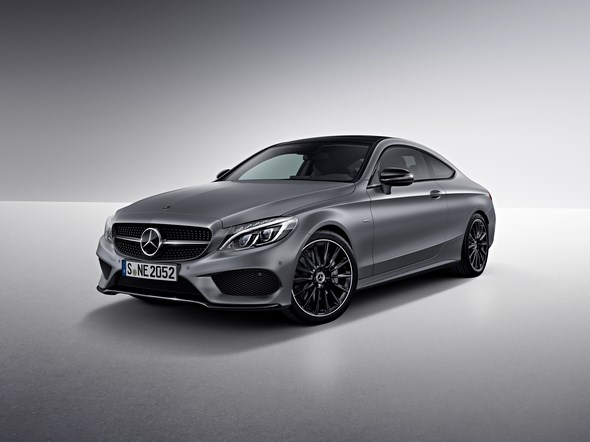Supercharger


The supercharger of the 2.0-litre and 2.3-litre engines e.g. in the E-Class (W210) or the SLK (R170) is located between the air cleaner and the intake manifold.It is driven directly by the crankshaft by means of a separate poly-V-belt.
The belt-driven supercharger functions as a type of fan which produces pressure back in the intake system.
It does this by compressing the incoming air which then quickly exceeds the engine’s normal intake capacity; this creates a build-up of air which then becomes tightly compressed before it has even reached the cylinders.
This generates the so-called boost pressure, one of the fundamental criteria for more efficient cylinder charging and more effective engine aspiration.
Owing to the optimal air throughput and the improved cylinder charging, the supercharged engine develops far greater torque than a comparable naturally aspirated engine.
And what’s more, thanks to the belt-driven supercharger, the engine succeeds in combining the torque characteristics of a six-cylinder engine with the fuel economy of a four-cylinder engine.
Together with specialists from the Eaton company, Mercedes engineers have redeveloped the belt-driven supercharger and made numerous improvements to it.
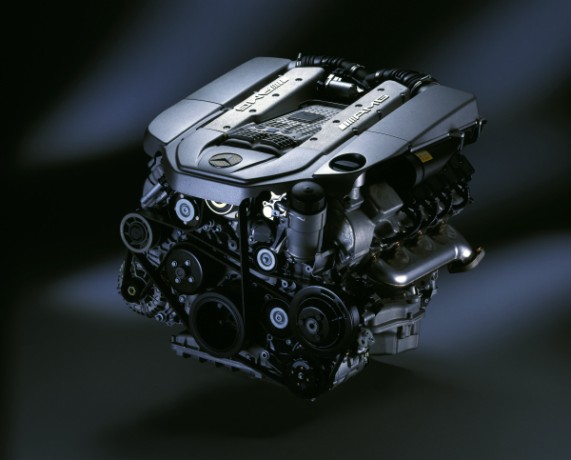
These include, for instance, a special plastic coating on both of the three-blade rotors inside the oval supercharger housing, which are offset by 60 degrees and rotate at speeds of up to 14,000 rpm without making contact with each other.

